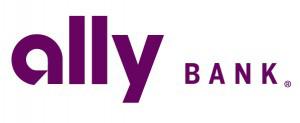AWS Developer Fundamentals
My second presentation at Desert Code Camp 2014.2 was on Amazon Web Services.
It was exciting to see standing room only during the talk! My main concern was keeping it interesting. The natural temptation for this kind of presentation is to do a “documentation summary” but that risks afflicting the audience with severe boredom. So I used a lot of visuals and everyday analogies in explaining AWS.
I spoke both about the big picture, and then went into detail on two of the most popular AWS services, EC2 and S3. I also briefly described VPC, IAM, RDS, DynamoDB, Glacier, and SES. I received numerous positive comments on the talk, so I’m pleased post the slides below.

